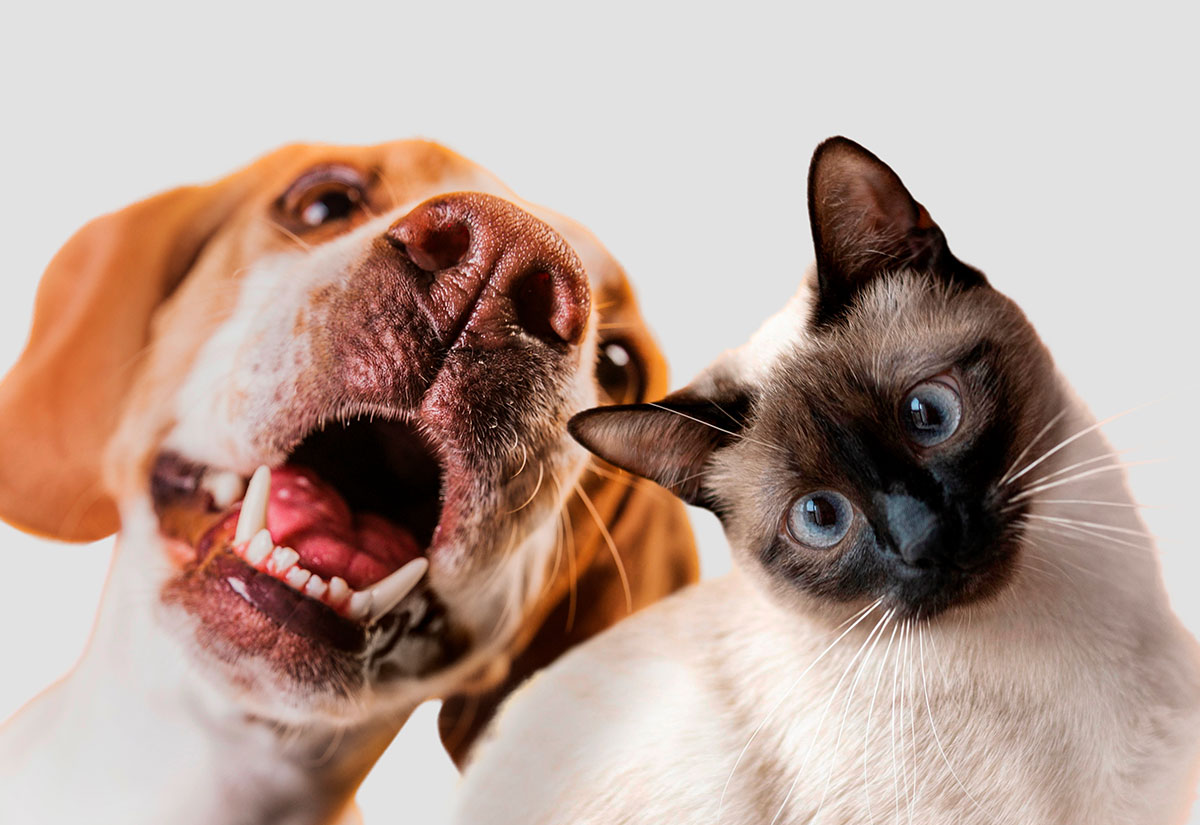
Basic Definition of Hypokalemia
Hypokalemia is not a disease but an indicator of abnormal body function detected in blood tests. The normal potassium level in cats ranges from 3.5 to 5.1 mEq/L (3.5 to 5.1 mmol/L). When hypokalemia is detected, it is essential to investigate the underlying cause.
Potassium is primarily found inside cells and is the key ion in maintaining intracellular osmotic pressure. It plays a crucial role in nerve signal transmission and muscle action potential conduction.
Relationship Between Kidneys and Potassium
Potassium in the blood is reabsorbed and excreted by the kidneys. In cases of acute kidney injury (AKI) or urinary obstruction, where urine output is severely reduced (anuria or oliguria), the body is unable to eliminate potassium, leading to severe hyperkalemia. This condition can cause life-threatening arrhythmias or even death.
However, in chronic kidney disease (CKD), the kidneys lose their ability to concentrate urine, resulting in excessive urine output (polyuria). This leads to significant potassium loss through urine, ultimately causing hypokalemia. Low potassium levels or hypokalemia are commonly seen in cats with CKD, affecting approximately 20% to 30% of affected cats.
Possible Causes of Hypokalemia in Cats
- Imbalanced Diet: A diet lacking sufficient potassium is a common cause, especially when cats are fed low-potassium foods for an extended period. Excessive mixed feeding (e.g., combining supplementary wet food, meal pouches, jerky/freeze-dried treats, or low-potassium canned food) can lead to an unbalanced diet and potassium deficiency. However, based on studies in Taiwan, dry cat food is unlikely to be the primary cause.
- Persistent Diarrhea and Vomiting: These conditions disrupt electrolyte balance, particularly potassium and sodium levels.
- Chronic or Acute Kidney Disease: Kidney dysfunction affects potassium absorption and excretion, leading to increased urine output and excessive potassium loss.
- Metabolic Disorders: Conditions such as hyperthyroidism or metabolic alkalosis may contribute to potassium loss.
- Diabetes and Related Conditions: Diabetic ketoacidosis (DKA) and insulin or glucose injections can cause electrolyte imbalances, including hypokalemia.
- Diuretic Use: Diuretics, commonly used to treat heart and kidney diseases, may increase potassium excretion.
- Genetic Factors: Some cats may have a genetic predisposition to hypokalemia. Regular veterinary check-ups are recommended to monitor health.
- Severe Emotional Reactions: Stress and anxiety can also influence potassium levels.
Potassium plays a crucial role in nerve signal transmission and muscle action potential conduction. When a cat suffers from potassium deficiency, common symptoms include lethargy, depression, and muscle weakness. A hallmark sign of hypokalemia is neck weakness, where the cat is unable to lift its head properly, resulting in a persistent head-down posture. If this occurs, hypokalemia should be strongly suspected.
- Weight Loss
- Neurological Disorders
- Arrhythmia
- Severe Muscle Weakness
- Difficulty Standing and Walking
- Depression
- Constipation
References:
- https://wagwalking.com/cat/condition/low-blood-potassium
- 林政毅、韓立祥。2023。超強圖解貓慢性腎臟疾病早期診斷與控制(初版)。旗標科技股份有限公司。
